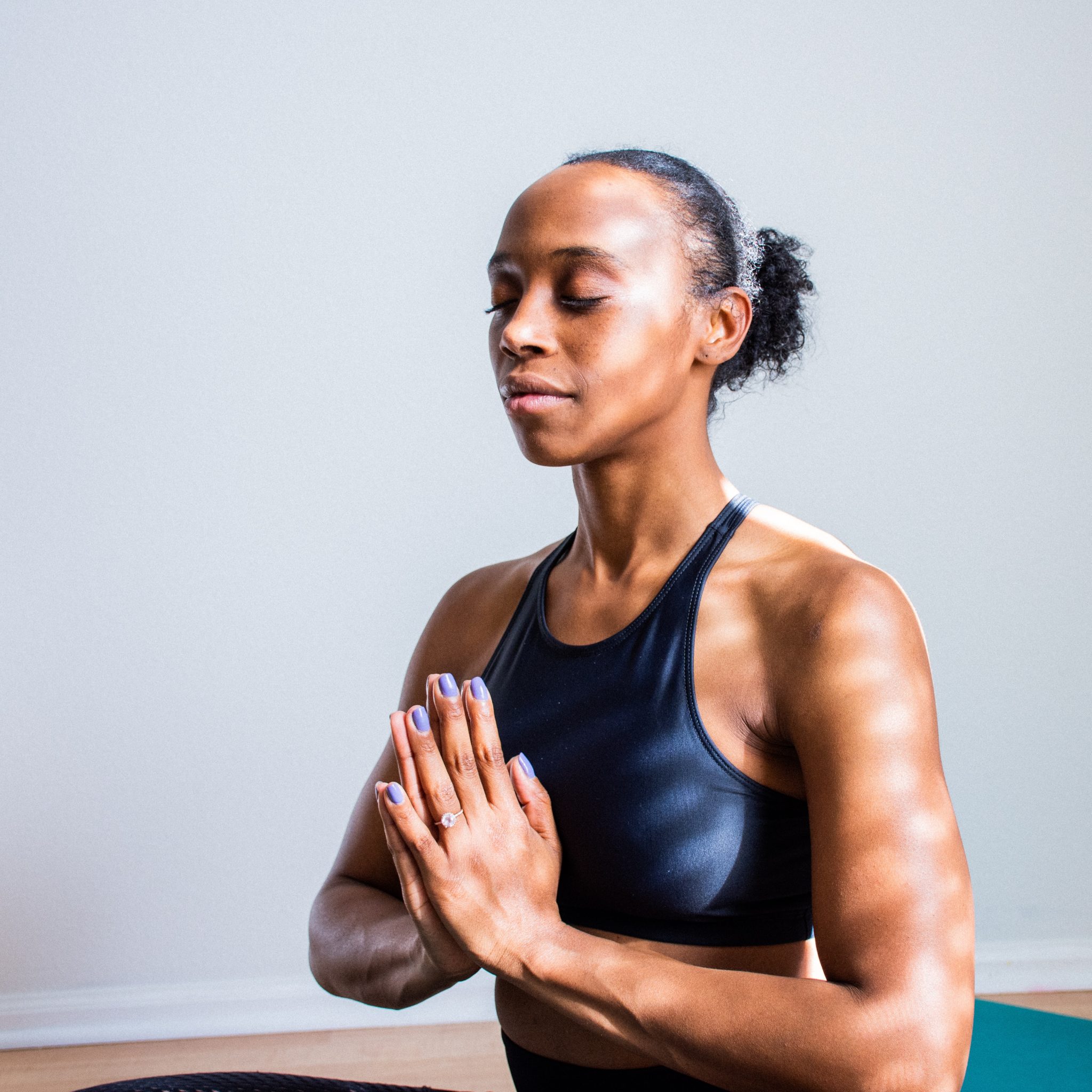This simple breathing exercise will reduce stress almost immediately

Coherent breathing is a technique that’s been proven to reduce anxiety – but how can you practice it at home?
Anxiety can hit us all differently. You might clock that you’re stressed out when, on looking down at your hands, you find that your nails have been bitten to shreds. Others might find that their sleeping or eating patterns have changed, or that they only need to get a BBC alert on their phone for their heartrate to start beating in overdrive.
The one thing that most of us experience when panic or anxiety beings to set in, is a change in our breathing. While this shortness of breath can be terrifying, it also means that by learning how to control it, we can de-stress.
“When you are (consciously) breathing, you’re rooted in the right here and now, you can’t be anywhere else. It takes us to the present moment and out of rumination and storytelling,” explains Nahid de Belgeonne, yoga instructor and founder of The Human Method.
That means that your mind can’t wander – questioning what your boss thought of your latest project, replaying the awkward moment of silence on your company Zoom call when you tried to make a joke, or you know, the psychodrama of the Tory party that we’re watching right now.

“The breath acts as a remote control to the brain. When it’s slow, the brain is calm and the nervous system is soothed. But breathing properly also relaxes the physical body,” explains de Belgeonne. This is important: think about how high your shoulders get, how tight your jaw gets, how clenched your fists are, when you’re stressed: letting go of all of that will allow you to breathe properly, too.
How to prepare for coherent breathing
“You can’t be physically relaxed and anxious at the same time,” de Belgeonne says, which is why she always recommends you start a breathing practice by “finding a sense of your physical body”. To do that, she suggests the following routine.
Lie down
Start by lying down and noticing how the bones move as you descend to the ground.
Notice how your breath enters the body
Observe how the breath travels into the nostrils, over the soft palate into the windpipe and into the lungs. “This gives a rounder, fuller somatic experience,” explains de Belgeonne.
You may also like
Exercise and stress: the best exercise to help you handle stress and boost a low mood
How to do coherent breathing
Once you’ve worked out how your body is feeling, move on to what is called coherent breathing. “This is where you breathe in and out through the nostrils, because that’s a much more efficient way to breathe and get air into the lungs, as opposed to the stomach.
Here’s how to do it:
- Breathe in through the nostrils for a slow count of six
- Breathe out through the nostrils for a slow count of six
- Do as many rounds as you see fit, but try to build up to 20 minutes
This type of breathing isn’t only about calming you now: it’s proven in studies to have long lasting physiological effects. A 2019 study by Boston University found that practicing up to 123 hours of coherent breathing a month improved symptoms of depression and anxiety in 30 people diagnosed with clinical depression.
So, even if you’re not feeling anxious right now, there’s nothing to say that breathwork won’t help you ward it off in future.
Follow @StrongWomenUK on Instagram for the latest workouts, delicious recipes and motivation from your favourite fitness experts.
Source: Read Full Article